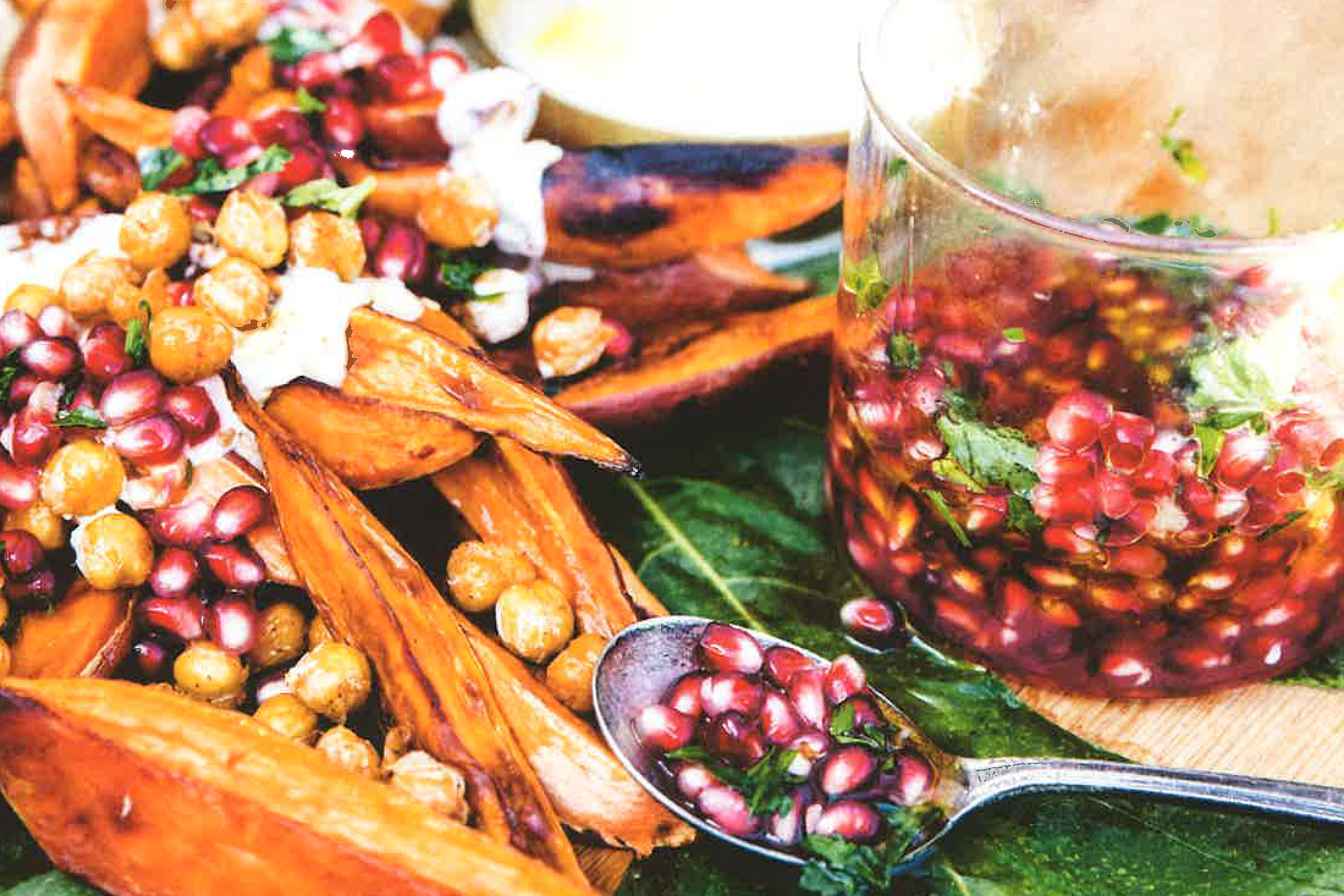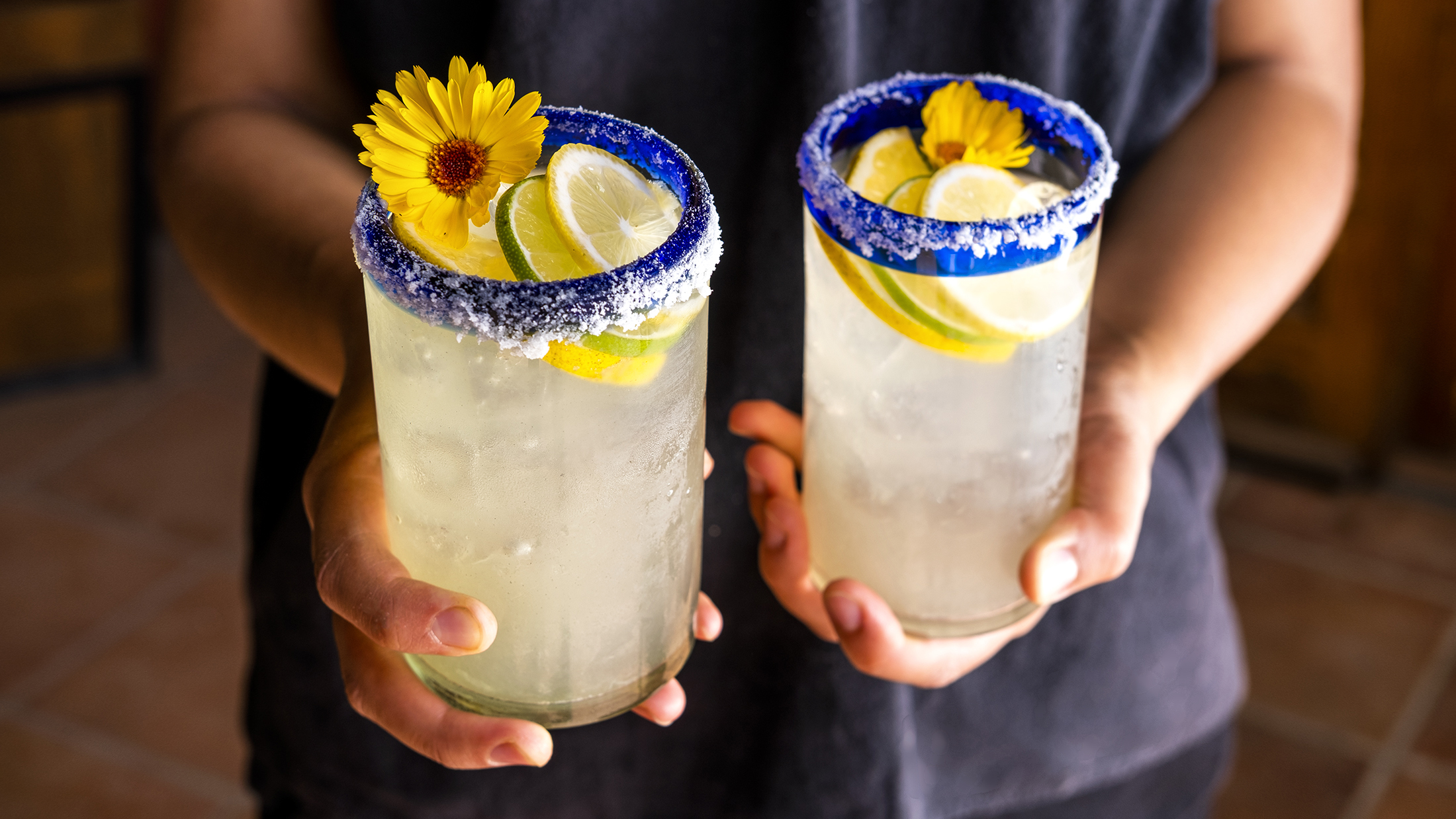Fats: Discovering the Good and Avoiding the Bad

Anyone that’s been to the Ranch has undoubtedly taken one of Yvonne Niedstadt’s nutrition classes. Yvonne’s talks are packed with detailed information regarding everything from the real deal on carbs to staying stress hardy with food to cleansing and juicing to protein and fats. The class that I went to recently, Fats: The Good, The Bad and The Ugly gave us the lowdown on everything you could possibly want to know about fats and then some. Below Yvonne covers with some important facts about fats you may not know.
Fats: Discovering the Good and Avoiding the Bad by Yvonne Niedstadt
Not too long ago we were completely “fat phobic.” Now the most popular diets are telling us to tank on fats galore and mostly from saturated fats. Neither extreme is good. Balance is the key. Remember, that not all fats are created equal. Americans are eating 33% more fat than we did at the turn of the last century (about 40% of our daily calories-and about 81 lbs per person per year). Sadly, much of this fat is very altered and unhealthy fat. We recommend a fat budget of 15%-30% of total daily calories (and up to 35% if you are insulin resistant (a.k.a. pre-diabetic). But we want you to choose only high quality fats which we will explore below.
Saturated fats are solid at room temperature and get hard when chilled: Butter, lard, several tropical oils such as palm, palm kernel and coconut oil are in this category. Avoid palm kernel oil as it is extracted from the seed of the palm fruit using chemical solvents and is highly saturated. But the worst of the lot is vegetable shortening (hydrogenated fats), and the margarine made from it. These highly manipulated fats are full of disease provoking trans fatty acids which should be avoided as well as the new man-made interesterified oils. Not all saturated fats are bad. Lauric acid found in coconut oil stimulates thyroid function. Keep natural saturated fats under 5% to 7% of total caloric intake daily.
Monounsaturated fats when not refined, become cloudy and gel up when chilled. These are the “heart healthy” oils because they lower total cholesterol and raise HDL’s. Includes olive, avocado, almond, macadamia, high-oleic sunflower or high-oleic safflower oils, peanuts and canola oil. These fats should make up about 10-15% of your daily calories.
Polyunsaturated fats stay liquid both at room temperature and when chilled. These oils include corn, non-hybridized sunflower and safflower, pumpkin and sesame, walnut, soy and most importantly flax-seed, chia seed, hemp and fatty fish. Cold pressed natural poly oils should comprise about 5-7% of daily calories consumed mostly via nuts, seeds and unrefined oils only.
Essential Fats: Most of the 20 fats common to human foods are non-essential. There are two fats however, which are absolutely requisite for health. They are Omega-3 and Omega-6 and are called the essential fatty acids because the body requires them, yet cannot make them. They have got to be introduced into the body via food. If they are missing or eaten in the wrong ratio, it’s a guarantee that we will suffer inflammation and degeneration over time. Ideal ratio for most people should be between a 1:1 ratio up to a 4:1 ratio of Omega 6 to Omega 3, respectively. The American diet ranges between 10-30 times more Omega 6 than 3, making it very pro-inflammatory. The one anti-inflammatory Omega 6 oil is GLA (gamma linoleic acid), but it is sadly removed from oils during the refining process.
Which fats to buy: When buying oils find cold-pressed, also called expeller-pressed oils. These oils have been pressed with heat no higher than body temperature. Also, try to find oils that are unrefined. Commercial oils are extracted through either high heat or via a chemical solvent such as hexane, which is a known carcinogen. They are then de-gummed, bleached, and deodorized making them bland and tasteless and something quite different from what mother nature intended you to eat.
For much more information regarding fats and nutrition, Yvonne’s class Fats: The Good, the Bad and the Ugly is taught on a weekly basis. Schedules may change.


